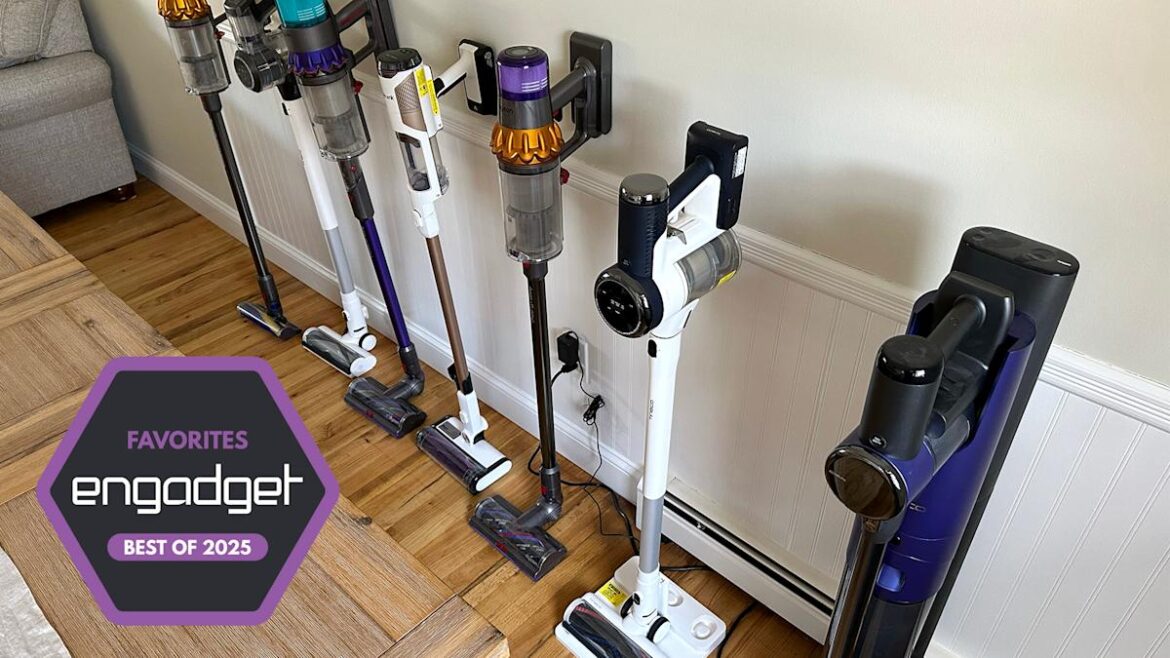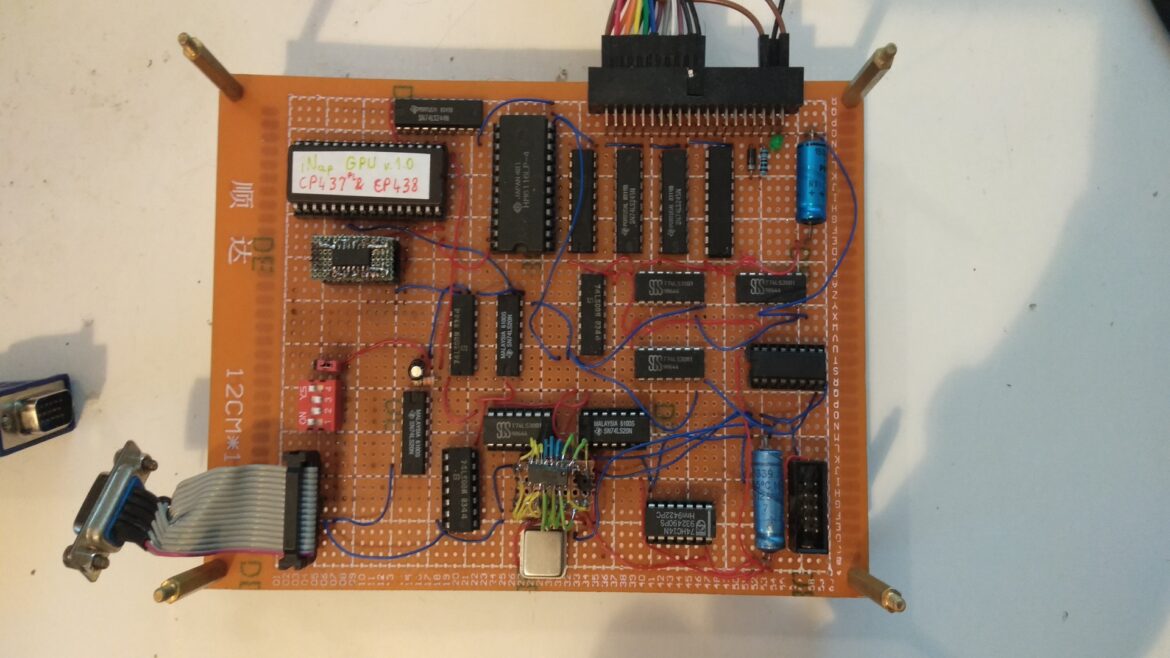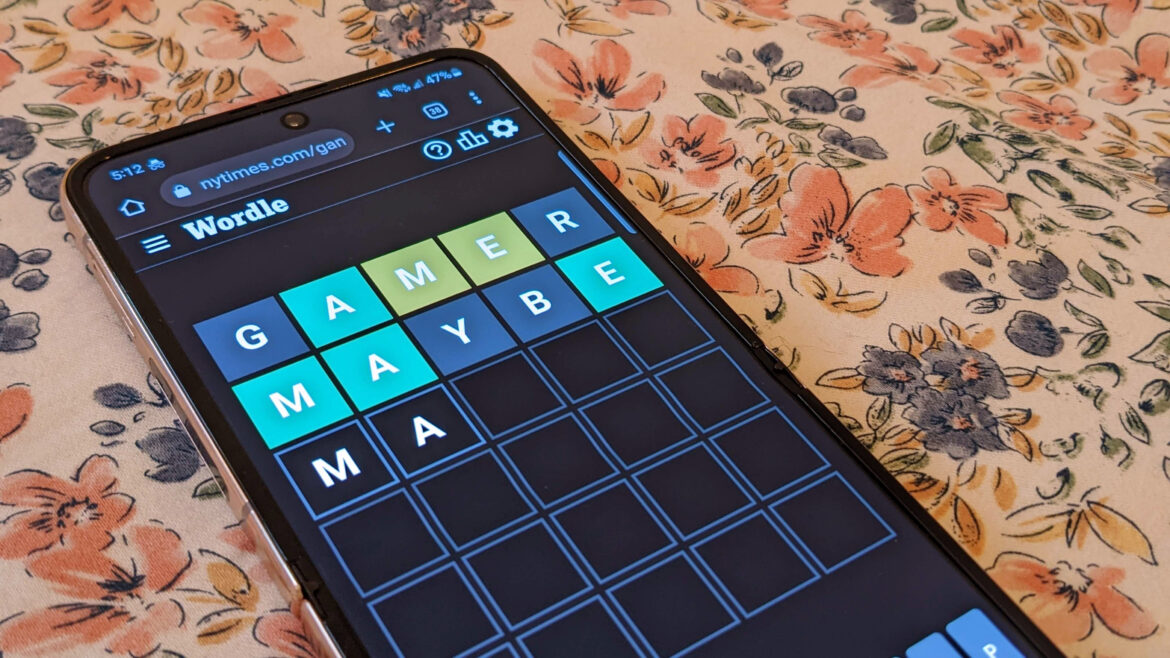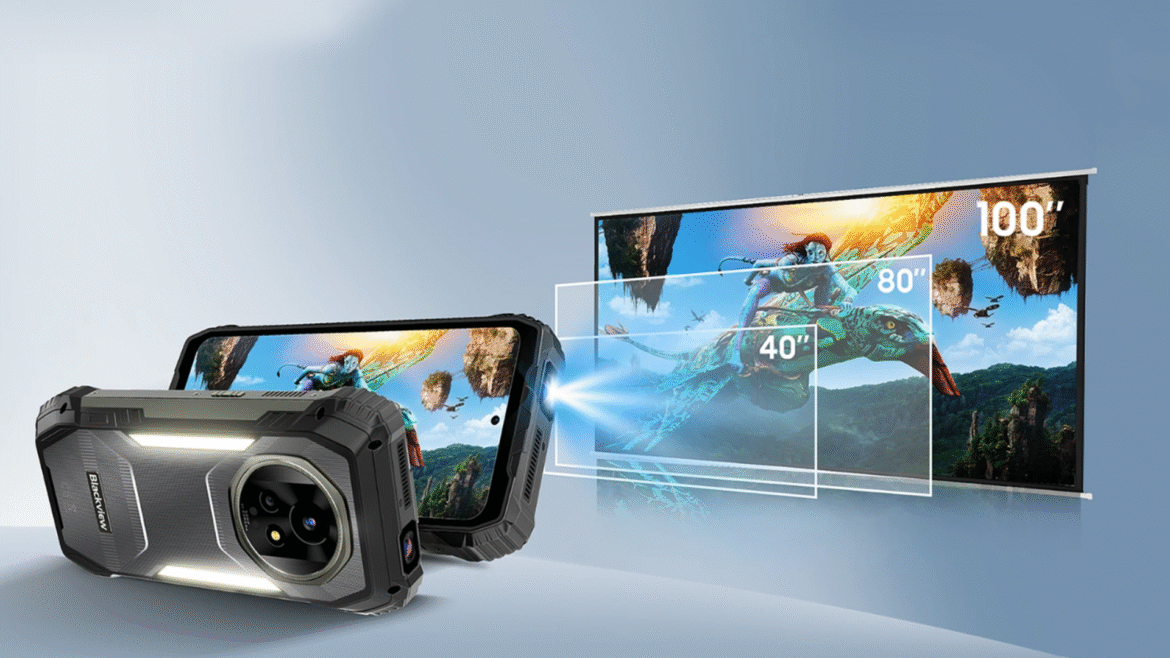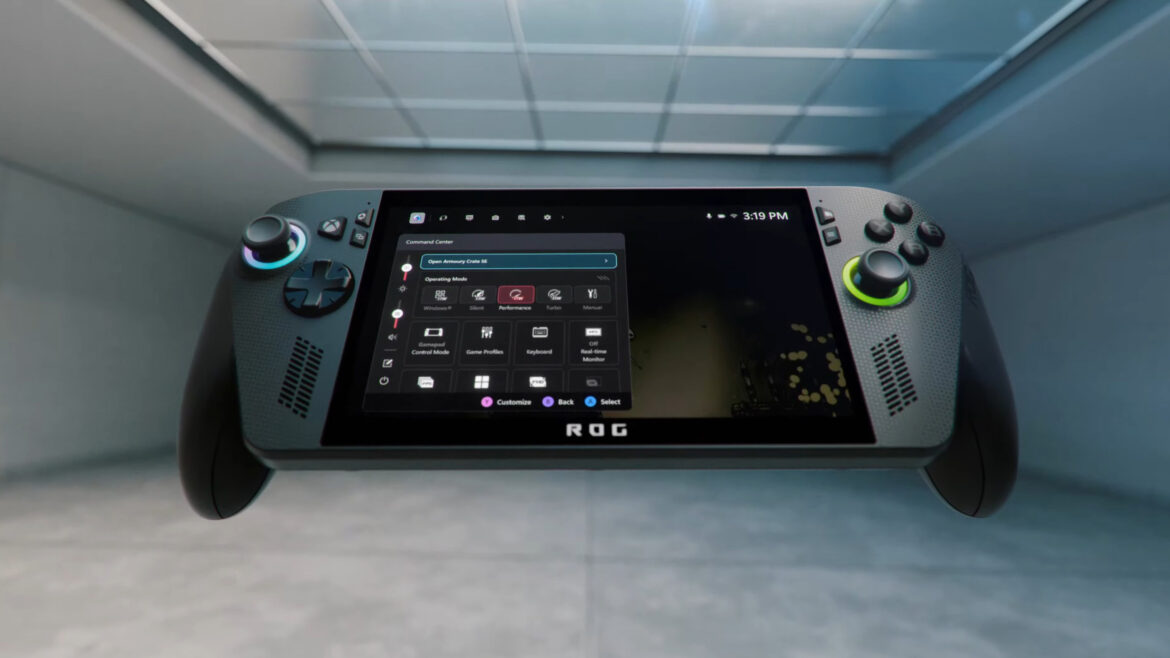The vacuum world has gone cordless, untethering us from outlets and saving us fights with pesky wires. Cordless vacuums can be great alternatives to traditional corded models since they’re lightweight and easier to maneuver around your home. They’ve also gotten much more powerful in recent years. Some even come with extra features like app connectivity, self-emptying bases and more. But just like the robot vacuum space, there are dozens of cordless vacuums to choose from now (no, Dyson isn’t your only option).
Before you upgrade to a cordless vacuum it’s important to do your research. We at Engadget can help make your decision a bit easier. After testing a bunch of the most popular cordless vacuum cleaners available today, we’ve come up with our top picks, plus loads of buying advice to help you figure out which cordless vacuum is right for you.
Table of contents
Best cordless vacuums for 2025
Photo by Valentina Palladino / Engadget
Suction power: 240AW | Bin capacity: 0.2 gallon | Battery life: 60 min | Weight: 6.83 pounds | Charging dock: Yes
The Dyson V15 Detect is just as impressive now as it was when it first came out in 2021. It’s our top pick because it provides the best mix of features and its suction power is remarkable. Even a few years after it’s initial release, it remains one of the best vacuum cleans out there today.
One thing that was immediately apparent during my testing was that Dyson models just have superior suction, period. That’s not to say a cordless vacuum from another brand can’t get the job done, because they absolutely can. But even in auto mode, all of Dyson’s vacuums did a better job trapping even the smallest dust and debris.
The “Detect” in this model’s name refers in part to the laser “blade” on the Fluffy Optic cleaner head. It does a great job of illuminating floors to clearly show you where the mess really is, and that goes for large debris like food and granules of cat litter, as well as much smaller stuff like layers of dust on an untouched part of the floor. But it’s worth noting that this light is only present on the Fluffy Optic head, a brush roll designed to work best on hard floors. The V15 Detect comes with a few other head attachments, including a Digital Motorbar head that automatically detangles hair from the brush bar as you clean. That’ll be better for all floor types, including carpet, but you won’t get the same illumination effect.
The V15 Detect also has a piezo acoustic sensor that recognizes the size and frequency of the particles it’s sucking up. It’ll show that information on the machine’s LCD display in a neat little bar graph. Is this information useful? Not particularly, but it’s satisfying to clock this while cleaning and see the bars increase and decrease as you move throughout your home. However, this is more of a neat perk than a killer feature; it’s not going to change the way you vacuum your home. But the piezo sensor is also involved in automatically adjusting the V15 Detect’s cyclone engine to better clean particularly dirty floors.
That automatic adjustment is separate from the machine’s three power settings: Auto, Eco and Boost. I spent most of my time in Auto mode, every so often switching to Boost in rooms where I knew I needed a more thorough cleaning. Eco mode is convenient to have if you need to conserve battery life.
But the V15 Detect, like all of the other Dyson machines I tested, really stands out for its suction power. I rarely, if ever, had to go over the same spot twice because the V15 Detect captured all of the dust and debris the first time. In my one-cat household, it’s easy to see tufts of fur on our hardwood floors and tile, but they’re basically invisible on our upstairs carpet. But it didn’t matter if I could see fur or not — the V15 Detect collected all of it. After every cleaning the bin was full and I was consistently shocked by how much cat hair was hiding in my carpet.
As with most cordless vacuums, you get a number of attachments with the V15 Detect. In addition to the Fluffy Optic and Digital Motorbar cleaner heads, hair screw, combination and crevice tools are included in the box. I particularly like the hair screw tool, which is great for vacuuming chairs and couches, and the crevice tool is handy for cleaning car interiors and other tight spaces. The docking station must be mounted to a wall, but it’s separate from the vacuum’s charger, which means you can power up and use the V15 Detect before picking a permanent place for it in your home.
My biggest gripe with the V15 Detect is that it doesn’t have a single-button start like the newer and more advanced Dyson Gen 5 Detect and Dyson V15 Detect Submarine do. You must press and hold down the trigger to vacuum, which requires constant effort. However, that’s a small price to pay considering the complete package you’re getting. At $750, the V15 Detect is a machine on the higher-end of the price spectrum that’s well worth the money if you want an easy to use cordless vacuum that will provide a truly thorough clean every time.
Pros
- Fantastic suction power
- Includes Fluffy Optic cleaner head with illuminating blade light
- Relatively lightweight
- Good battery life
Cons
- No single-button start
- Headlight laser only on the Fluffy Optic cleaner head
$750 at Dyson
Shark
Battery life: 70 min | Weight: 18 pounds | Charging dock: Yes
Shark’s latest cordless vacuum, the PowerDetect, earned the runner-up spot here thanks to its strong suction power, self-emptying base and overall good value for the money. It’s not as powerful as our top pick, but it didn’t choke at the first sign of pet hair and captured most debris around my home in one pass. It automatically kicks up the motor depending on the type of flooring you’re cleaning and how much debris it detects. I particularly appreciated its edge-detection feature, which turns the power up when you’re running the vacuum over the floors next to your walls.
This Shark cordless vacuum has a “multiflex” articulating portion of its main attachment, which lets you clean underneath tables and other furniture more easily. While I didn’t have to use this too much (I’m just used to crouching down and articulating my own body while I clean), I can see how it would be useful for folks with limited mobility. The cleaner head has small wheels on either side as well, making it super smooth to roll the vacuum from room to room when it’s not actively cleaning. The built-in light on the cleaner head does a good job of illuminating the floor in front of and around you, so you can better see where the biggest messes lie.
Aside from being an all-around good vacuum, another major selling point for this $500 Shark machine is its self-emptying base. The machine will automatically recharge and empty its contents into the 2L attached garbage can when it’s set back down on the base. Other cordless vacuums have this feature, but they’re typically sequestered to more expensive models. Having one here just sweetens the deal, adding yet another perk to this midrange cordless vac. It may not have Wi-Fi or app connectivity like our previous runner-up pick, but I’m willing to bet that more people will get more use out of a self-emptying base than an app for their vacuum cleaner.
Pros
- Good suction power
- Strong light on cleaner head
- Articulating arm to reach tough spots
- Comes with a self-emptying base
Cons
- Can be a little tough to maneuver on carpets
$430 at Amazon
LEVOIT
Suction power: 240W | Bin capacity: 0.75 liters | Battery life: 60 min | Weight: 6.6 pounds | Charging dock: No
Levoit’s latest LVAC-300 stick vacuum beat out our previous pick in this category, the Tineco Pure One S11, thanks to its more premium design, easier handling and superior suction. The Pure One S11 remains a great affordable vacuum, but the experience of using the LVAC-300 is noticeably better and worth the $350 price tag (plus, you can often find it on sale for less).
Levoit’s machine assembles quite easily out of the box, and although it doesn’t come with a charging dock, it’s easy to disassemble as well. The battery pops out quickly too, so you can choose to remove it when you need more juice for more convenient power-ups. It has a single-button start and another button that lets you cycle between three cleaning modes: Eco, Mid and Turbo. As you clean, the small digital screen will display battery drain as well, making it easy to see when you’re going to need to pause to recharge.
The LVAC-300 handles better than our previous top budget pick in that it feels smoother when you’re gliding it across your floors and feels less clunky overall. It did a good job sucking up debris of all kinds, including dirt, coffee grounds, blades of grass, cat hair and bigger dust bunnies, and it has HEPA filtration, too. Its bin size is adequate as well, as I was able to clean the main floor of my house more than three times before I needed to empty it.
It’s worth noting that, most of the time, I ran the LVAC-300 on the Mid cleaning mode. Battery life is in line with what the company estimates, but if you have a particularly large home, you may need to stop and recharge at some point.
But for $350, the LVAC-300 offers a lot of value. It’s arguably best for those who live in apartments or small- to medium-sized homes, or those who just want a no-frills, easy-to-use cordless vacuum without dropping an excessive amount of money. It holds its own against pet hair as well, but that’s coming from a person who only has one cat; you’d be better off getting a stronger vacuum with a larger bin if you have a small menagerie in your home.
Pros
- Affordable
- Single-button start
- Good suction power for the price
Cons
- Battery life drains quickly if you use Turbo mode a lot
$270 at Amazon
LEVOIT
Suction power: 70AW/180W | Bin volume: 0.75 liters | Run time: 50 min | Weight: 3.2 pounds | Charging dock: No
If you want something even cheaper than the LVAC-300, the Levoit LVAC-200 is your best bet. It’s $200, frequently on sale for less and it does a good job cleaning up all kinds of dry messes. It has three suction modes and a single-button start, and I found it did a good job cleaning both hard and carpeted floors. I had to keep it on the strongest cleaning mode the entire time I vacuumed carpet, but with that it did suck up a good amount of pet hair. However, it did take a couple of passes to suck up larger debris particles, like chunks of fabric fuzz.
Most cordless stick vacuums can be disassembled in some way, but that could be a big selling point for Levoit’s machine. It doesn’t come with a storage base like others on our list, but it’s pretty small — you could easily detach the cleaning head from the extension arm, and the arm from the motor base and store all three pieces separately in a closet when you’re not using it (it comes with a hand-vac attachment as well). For those who don’t want to do that, the vacuum stands upright on its own thanks to a locking mechanism where the floor cleaning brush head attaches to the arm.
It’s also worth mentioning that Levoit’s machine has a five-stage filtration system, but it’s not a HEPA filtration system like the LVAC-300. Ultimately, the LVAC-200’s $200 starting price is the bare minimum I’d recommend spending on a cordless vacuum (sales aside), so if you only want to spend what’s necessary to get one of these home, this is a good model to consider.
Pros
- Lightweight design
- Super affordable
- Single-button start
- Can be easily disassembled for storage
Cons
- Cleans best on the highest suction level
- Small dustbin
- Does not include a storage base
$170 at Amazon
Photo by Valentina Palladino / Engadget
Suction power: 240AW | Bin capacity: 0.2 gallon | Battery life: 60 min | Weight: 8.3 pounds | Charging dock: Yes
Overkill for most, the Dyson V15 Detect Submarine will be exactly what some are looking for: a vacuum with all of Dyson’s signatures along with the ability to wash hard floors. It’s similar to the V15 Detect in power and design, but it comes with Dyson’s “submarine” wet cleaner head that has two water reservoirs (one for clean water and one for dirty) and a brush bar that does all the scrubbing. To wash tile and other hard floors, you fill the clean reservoir with water, reattach it to the head and turn on the machine as if you were just vacuuming. The built-in motor ever so slightly propels the machine in this mop mode, and as you move it around, it sucks up spills and other wet messes into the dirty reservoir while also washing the floor.
In my testing, the V15 Detect Submarine did a great job sucking up spills and a pretty good job cleaning my hardwood and tile, even in spots where there were more persistent stains (although it did take a few passes to fully suss them out). I typically use a corded steamer to wash the hard floors in my home, and while the V15 Detect Submarine doesn’t use heat and can’t quite match up to a device that does, it’s impressive nonetheless for its abilities and convenience.
After my first go-around with the machine, I was excited to use it again primarily because the process is so easy. Instead of getting my steamer out, plugging it in and fighting with its cord as I moved around, I popped the Submarine cleaning head on the Dyson, filled the tank and off I went. It’s worth mentioning, though, that I did have to fill the clean-water reservoir twice to wash the main floor of my home (roughly 800 square feet), which added a few minutes to the process. After each session, you’ll want to empty both reservoirs, clean the brush head and let the whole attachment dry. After that, I found it was ready to go again the next day.
The V15 Detect is a solid vacuum and an above-average mop, but more than anything, it’s convenient. It’s one relatively thin and lightweight device that can clean all of the floors in your home without a ton of extra effort needed on your part and with few, if any, frustrations. But as with anything, convenience comes at a cost: you’ll pay $950 for this model, and no, you can’t just buy the Submarine head separately and use it with a standard Dyson stick vac. If you only have a little bit of tile or hard flooring in your home, it’ll be difficult to justify the cost of the Submarine — but if convenience is of utmost importance and you want one cordless vac-and-mop to rule them all, Dyson’s machine is a great option.
Pros
- Great suction power
- Includes Submarine cleaning head for mopping and cleaning up wet messes
- Good battery life
Cons
- Expensive
- Water tank is a little small
- No single-button start
$1,050 at Dyson
Tineco
Suction power: 175W | Bin capacity: 2.5L | Battery life: 70 min | Weight: Not listed | Charging dock: Yes
While the Tineco Pure One S15 remains a solid vacuum cleaner, you get more for your money with the new Pure One Station 5. The biggest addition is the self-emptying base, which is a bit less imposing than the one on the Furfree but will still take up a small corner in your home. If you don’t have the space for this kind of base, still consider the One S15.
The $460 Pure One Station 5 also ups the ante with a higher-capacity dustbin and longer battery life, both of which let you vacuum for longer, making it an even better option for larger homes. It features six-stage HEPA filtration and a zero-tangle brush, plus 175W of suction. Like most of the other Tineco machines we’ve tested, this model also features the iLoop smart sensor, which automatically kicks up the suction power when it senses more debris to clean. In my testing, I found the Station 5 to be even better than the One S15 at picking up even the finest dirt particles, and it never took more than one pass to collect all of the rogue cat litter peppered around my cat’s box.
The self-emptying base is a true perk here, as it is with most other cordless vacuums that come with it. It’s not too loud, although we wouldn’t recommend running it with your family sleeping a few rooms over, and it makes it so you barely have to interact with the dirt the vacuum collects around your home. It also doesn’t require proprietary bags, which reduces the long-term cost of ownership.
Pros
- Great suction power
- iLoop smart sensor auto-adjusts suction power as you clean
- Single-button start
- Self-emptying charging base
$459 at Amazon
Photo by Valentina Palladino / Engadget
Suction power: 230W | Bin capacity: 0.8 gallon | Battery life: 60 min | Weight: 5.29 pounds | Charging dock: Yes
Tineco’s high-end Pure One Station FurFree deserves a nod here because it was one of the cordless vacuums I tested that I wanted to use the most, and it’s arguably the most convenient option on the list. Not only does it have strong suction power and the company’s iLoop smart sensor, but it docks and charges in a self-emptying base that cleans all parts of the machine — brush, tube and dustbin — after each use.
The freestanding base is a little intimidating when you unbox it, purely because it has more parts than that of any vacuum cleaner I tested (including the Shark Detect Pro). The whole thing, vacuum included, remains relatively svelte; it was easy for me to tuck it into a corner of a room near an outlet. The vacuum itself has a single-button start and, while not quite as strong as the Dyson V15 Detect, did a good job cleaning up all kinds of messes, pet hair included. Run time comes in at 60 minutes, more than enough to clean my whole home, and it supports Auto and Max modes along with the auto-adjusting feature provided by the iLoop sensor.
The Pure One Station FurFree also supports Wi-Fi connectivity, with its mobile app showing you battery life, dustbin capacity and self-cleaning settings. But since the small screen on the docking station gives you most of that data as well, the app is just a bonus.
The biggest selling point of this cordless vacuum is its self-emptying base, which has its own large dustbin that can hold up to 60 days worth of dirt. It’s a plastic canister that takes no garbage bags, so there’s nothing to add to the cost of ownership — simply remove the base’s dustbin to empty into your own garbage can every couple of weeks and then snap it back into place. You can customize self-cleaning settings to do a quick clean (30 seconds long) or a deep clean (60 seconds), or keep it to the auto mode (45 seconds). The machine will clean itself whenever you return the vacuum to its dock, unless you manually disable this feature. I appreciate that the base automatically empties the vacuum’s dustbin during self-cleaning, but it’s also great that it uses gusts of air to clean the vacuum’s brush and tube. Lots of little particles and hair can get stuck in those parts, and with other vacuums, you’re left to clear those out yourself.
The “FurFree” in the Pure One Station’s name refers to the extra attachments that come with the machine that basically turn it into a pet-grooming tool. This will likely be more useful for dog owners, or maybe folks with more amenable cats than mine (she hates all vacuums — cordless, robot, you name it). If you’re not a pet owner, there’s a standard Tineco Pure One Station that’s otherwise an identical machine with the same self-cleaning base, but only comes with regular vacuum attachments, and costs $200 less. FurFree or regular, though, the Pure One Station is a great cordless vacuum that’s made better by its clever and convenient self-emptying base.
Pros
- Great suction power
- Includes self-emptying base
- Base empties bin and also cleans the vacuum’s brush and tube simultaneously
- Wi-Fi and app connectivity
Cons
- FurFree model is expensive
$299 at Amazon
Factors to consider before buying a cordless vacuum
Design and bin capacity
Most of the cordless models you’ll find today have stick designs, with a handle at the top attached to a debris bin, which has a space to connect different attachments at one end. These designs are more versatile than old-school, upright vacuums of yesteryear because, while you may use the long stick attachment most of the time to clean your floors, many cordless vacuums come with other attachments as well. Some allow you to clean hard to reach spaces like the interior of your car, while others make it easier to vacuum furniture and clean up inside crevices.
Some modern cordless vacuums also include practical features like an on/off button placed near your thumb for quick access, or an integrated LED light to help you see dust and debris under furniture or in darker corners.
Bin volume is worth keeping in mind when you’re choosing a cordless vacuum. The larger the bin, the more debris it can hold, but it might also mean a heavier machine. All of the cordless vacuums we tested had a bin size between 0.1 and 0.8 gallons and all were able to handle cleaning an entire one-pet home (roughly 2,000 square feet) in a single run without needing to be emptied. Anything smaller and you may have to deal with more frequent emptying during each cleaning session.
If you prefer a bagless design, all of the cordless vacuums in this guide fall into that category, making them easier and cheaper to maintain than bagged models. Some cordless models also have removable, replaceable battery packs, which is super handy. That means you can buy a replacement battery and install it easily, without needing to seek out professional assistance. Also, these extra batteries cost around $150-$200 a pop — expensive, yes, but nowhere near as costly as buying a whole new cordless vacuum.
Suction and power modes
Cordless vacuum suction power is typically measured in air wattage (AW), but you’ll see some that list the power of the motor in wattage (W) instead. Typically the higher the air or motor wattage the stronger the suction power, offering improved cleaning performance. And often strength is proportional to price — more expensive cordless vacuums tend to have stronger suction power. A general rule of thumb is that those with precocious pets or mess-making children would benefit from a cordless stick vacuum cleaner with stronger-than-average suction power.
Most cordless stick vacuums will have two different power modes: a “normal” or default power mode that balances suction power with battery life, as well as a “max” or stronger mode that kicks suction strength up a notch. Some vacuums, like Dyson vacuums, also have an “eco” mode, or one that prioritizes run time over strength.
Separate from power modes you can select yourself, some cordless vacuums will automatically adjust motor strength depending on the detected floor type or the amount of mess in its wake. This not only improves ease of use but ensures the vacuum is working as efficiently as possible.
If allergens are a concern in your home, look for models equipped with HEPA filters, which are designed to trap fine dust, pollen and other particles that can irritate sensitive noses and lungs.
Floor type
The best vacuum cleaners in the cordless category will be able to clean any standard floor type — hardwood, tile, carpet and everything in between. As mentioned previously, some can even detect floor type and adjust suction power accordingly. That said, it’s still worth thinking about the types of flooring you have in your home. If you primarily have carpet, you may want to consider a cordless vacuum with the most powerful suction you can afford, since there are more nooks and crannies for debris to get suck in with carpet.
Battery life
Obviously, battery life is important since you’ll probably want to clean more than one room in a shot. All of the cordless vacuums we tested had a battery life of at least 40 minutes in standard cleaning mode. I tested each by cleaning all three floors of my home (upstairs, downstairs and basement) on a single charge with the machine running in its standard (“auto”) mode and none of them ran out of juice before I could finish the third floor. That said, extra battery life can come in handy if you’re switching between power modes since “max” or high-power programs use more energy.
Base style
Most cordless stick vacuums come with some sort of base or mount where the machine lives when you’re not using it. Wall mounts are the most common, but some have free-standing bases where you dock and charge the vacuum. Consider the space in your home where you want the cordless vacuum to live, since it will have to have an outlet or another power source nearby.
Some high-end cordless vacuums come with auto-empty bases that act much like those included with expensive robot vacuums. After cleaning and returning the vacuum to the base, it will automatically empty the dustbin into a larger dustbin that you can then detach from the base when you need to empty it. This is great for anyone concerned about allergens, as you’ll only need to empty the larger dustbin every month or two, reducing your contact with dust and debris.
“Smart” features
Yes, some cordless vacuums have “smart” features like Wi-Fi and app connectivity. But before we get into those, let’s talk about the extra perks scattered among these devices. Some models, like the latest from Dyson, include particle sensors that show you how many different sized pieces of debris it’s sucking up in real time. Dyson’s, for example, is a piezo acoustic sensor that detects particle size and frequency and displays that information on the vac’s LCD screen. Tineco’s iLoop sensor is similar, controlling its vacuums’ automatic suction power adjustment and changing a circle on the display from red to blue as you fully clean an area.
Higher-end cordless vacuums may also have companion apps that show things like battery level, filter status and cleaning logs. It’s an added level of convenience, but by no means necessary. Unlike the best robot vacuums, or even the best budget robot vacuums, which rely on their apps to set cleaning schedules, manually control the machines and more, cordless vacuums that you operate yourself really don’t need Wi-Fi or an app connectivity.
Price
Cordless stick vacuums range in price from $150 all the way up to over $1,000. The best ones for most people lie in the middle, in the $400 to $700 range. You’ll notice most of our picks land in the higher end of that range, but for good reason: More expensive machines tend to have more sucking power, which means less time wasted going over the same spots over and over. But does that mean everyone needs the most premium cordless vacuum? Definitely not. We’ve come up with top picks at various price points that should work well for people with different budgets, lifestyles, home sizes and more.
How we test cordless vacuums
Engadget doesn’t have a dedicated lab in which we can test cordless vacuums, but I used each model in my home for weeks. I ran them over hardwood and tile flooring, as well as low-pile carpet. And my first runthrough consisted of cleaning all three floors of my home on a single battery charge. I performed the same cleaning job as many times as possible, but also intermittently cleaned a single floor as needed, or sucked up isolated messes like crumbs, cat litter spills and tufts of pet fur. Over the course of many cleanings with each model, I made note of how loud the machine was, how easy it was to maneuver around my home, how easily it sucked up pieces of large debris (or if it pushed it around my floor instead) and if they got warm or hot.
Other cordless stick vacuums we tested
LG CordZero Q3
The $329 CordZero Q3 is a perfectly capable vacuum with a single-button start, two manual power modes, adjustable suction technology that detects carpets and hard flooring and a cleaner head outfitted with LEDs to help you better spot all the dirt on your floors. But it’s ultimately just fine in comparison to our top picks; it’s not the most unique cordless vacuum or the most powerful, even though it will be enough to get the job done for many people. My biggest gripes with it are that you must charge it using the included base (which really works best when mounted on a wall — otherwise it’s just awkward) and it doesn’t have the smoothest handling.
Dyson Gen 5 Detect
The Dyson Gen 5 Detect has a single-button start and stronger suction power than our top pick, but it’s otherwise quite similar. However, since the Gen 5 Detect is more expensive at $950 (although it does receive discounts at Dyson online), the V15 Detect still provides greater value for your money. The Gen 5 Detect is arguably best for those who want the latest Dyson, or care about getting a more future-proof machine, since it came out just last year.
Shark Detect Pro
The Shark Detect Pro provides a lot of value for the money, but it was ultimately beat by the Tineco Pure One Station 5 for our runner-up slot thanks to the Tineco’s stronger suction power. The kicker for the Detect Pro is that it includes a self-emptying base in its $450 price, which is super handy. It’ll automatically dump the contents of the vacuum into the larger bin in the base after every cleaning, and you only need to empty the base’s container every month or so. The Detect Pro did a good job cleaning up messes across different types of flooring, and it’ll auto-adjust suction power depending on the amount of debris and whether you’re cleaning hard or carpeted floors. However, it’s not as smooth to use as any of our top picks and its main cleaner head is a bit tall, making it difficult to use to clean under low furniture.
Cordless stick vacuums FAQs
How long does the battery last on a cordless vacuum?
Most cordless vacuums will run for at least 30-40 minutes on a single charge, but you can find cordless vacuums with battery lives of up to 60 or 70 minutes. Manufacturers will outline an estimated battery life for each model, and they’re usually based on using the vacuum’s standard power mode for the entire runtime; if you switch between modes or prefer to use a higher-powered program for improved suction, you’ll drain the battery faster.
Can cordless vacuums be as powerful as corded ones?
Cordless vacuums do sacrifice a bit in overall power when compared to corded models, but that doesn’t mean they can’t handle everyday messes just as well. If suction power is your biggest concern, we recommend springing for a high-powered, high-end cordless vacuum since, typically, the more expensive a cordless vacuum is, the stronger the suction. Also, cordless vacuums have the edge over corded models when it comes to weight and convenience: cordless vacuums are much lighter than their corded counterparts, and you’ll never have to worry about placement or picking a fight with a cord while cleaning your living room.
Are cordless vacuums effective on pet hair?
Yes, cordless vacuums can handle pet hair well, but we recommend getting a model with strong suction power to get the best results. It’s also wise to get one with a larger bin, since pet hair can quickly fill up smaller bins, which may force you to stop cleaning to empty the vacuum before finishing.
What are the best methods for maintaining a cordless vacuum cleaner?
Maintaining a cordless vacuum is super easy and helps to keep it running like new. First, make sure to empty the dustbin regularly — don’t let it overfill, as this can impact suction. Many models have washable filters, so rinse them out every few weeks (check your manual for specifics) and let them dry completely before putting them back.
Next, take a look at the brush roll — hair and debris can get tangled up in there over time. Most vacuums make it simple to remove the brush roll, so you can snip away any tangles with scissors. If your vacuum has a replaceable battery, try not to let it fully drain too often, as this can reduce its lifespan. A quick wipe-down of the vacuum’s exterior and attachments will also keep everything looking fresh.
Lastly, keep an eye on the sensors and charging contacts, as dust can build up there too. A gentle wipe with a dry cloth every now and then will do the trick.
Can cordless vacuums also be used to clean curtains and upholstery?
Cordless vacuums are surprisingly versatile, and many come with attachments specifically designed for surfaces like curtains, upholstery and even mattresses. A handheld vacuum mode, which is common in cordless models, makes it easy to tackle these areas. Look for a soft brush or an upholstery tool in the attachments for the vacuum you’re considering — it’ll help remove dust and pet hair without damaging fabrics. For curtains, it’s a good idea to use a lower suction setting if your vacuum has adjustable modes. This prevents the fabric from getting pulled into the nozzle.
Check out more from our spring cleaning guide.

